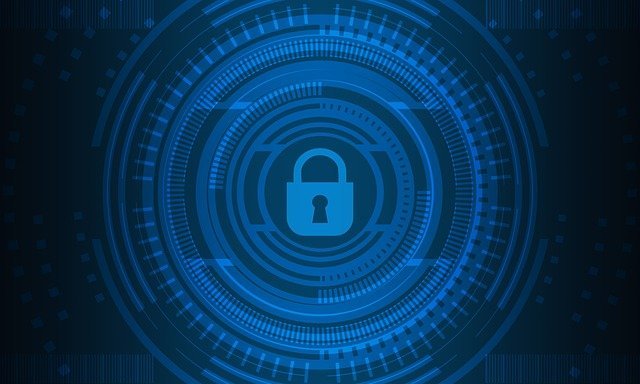 The internet has created an environment where there is free and easy access to information at any given time. Unsurprisingly, not all of this information is always reliable or trustworthy – Lies and misinformation can be found all over the web, which has sometimes made it difficult to trust the things we see online.
The internet has created an environment where there is free and easy access to information at any given time. Unsurprisingly, not all of this information is always reliable or trustworthy – Lies and misinformation can be found all over the web, which has sometimes made it difficult to trust the things we see online.
Unfortunately, cybersecurity is an area where this holds especially true. All too often, we see myths and misconceptions about proper cybersecurity practices that ultimately lead to glaring vulnerabilities and data breaches. Taking the time to properly educate yourself on what is real and what is misinformation is therefore critical – After all, having the most advanced or well-funded security system is useless if there are fundamental misunderstandings about cybersecurity and its core concepts.
With this in mind, here are the top five cybersecurity myths you need to stop believing:
1. Small businesses are not a target
When we hear about data breaches on the news, it tends to be for large, multinational corporations where there are huge losses and tons of people impacted. This has created a misconception that cybercriminals are not interested in small businesses due to the fact that there simply wouldn’t be enough to gain. One might think that mega-corporations would make the more logical target due to the greater profits they generate, but this, unfortunately, is not the case – small businesses typically have less time and resources to devote to their security practices and therefore make the easiest targets.
This has been exacerbated by the fact that COVID-19 has greatly increased our reliance on remote technologies and cloud-based services. Coupled with the fact that many small businesses have much larger corporations as customers, and small businesses become a very enticing target indeed.
2. All cyber-attacks use sophisticated tools
When thinking about trending cybersecurity threats, it may be natural to assume that there are many highly sophisticated tools being used to carry out an attack, but this often is not the case. Most cybersecurity threats actually start off as simple social engineering attempts as this is often the easiest way into a network – Why spend the time breaking past a sophisticated security system when you can just target a misinformed and uneducated employee instead?
3. We have invested in sophisticated security tools, so we are safe
All too often, organizations invest in brand-new, state-of-the-art IT infrastructure, thinking that it will magically create an impenetrable security system. However, even the best cybersecurity tools are only useful if they are properly configured, monitored, maintained, and updated – The threat landscape is constantly evolving and our tools need to reflect those changes.
In this respect, the best way to ensure that your cybersecurity tools are functioning properly is to partner with a managed security services provider like Stratejm, who can provide their expertise to help you ensure that your security system is running at an optimal level.
4. Cybersecurity is the sole responsibility of the IT department
In today’s increasingly decentralized work environment, it is no longer feasible for the IT department to be the sole gatekeeper of infrastructure and sensitive assets. Organizations have become increasingly reliant on remote-work and cloud-based environments, which has created a situation where endpoint devices have been granted more access to organizational data than ever before. It is simply no longer possible for IT departments to keep track of every single possible device – Cybersecurity within an organization should be everyone’s responsibility.
5. You need more security products to stop all the new threats
With new cybersecurity threats and vulnerabilities popping up all the time, it can be easy to assume that purchasing additional security tools and products are the most effective way of responding. However, using too many tools at a time can actually do more harm than good – Most organizations have around 50 to 80 security products that either do not communicate with each other or are only partially integrated. This ultimately ends up creating huge management and monitoring burdens on security teams.
For this reason, CISOs are now pushing towards leaner security systems with reduced solutions that are still able to maintain security capabilities and operational readiness.
